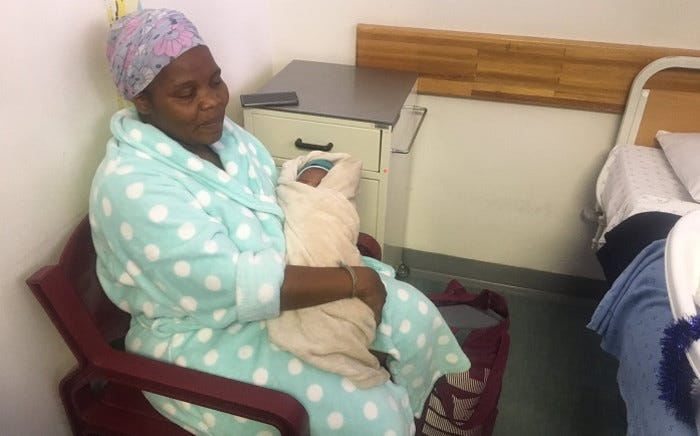Newborn mortality rates remain high in SA, study
The study, funded by the Bill and Melinda Gates Foundation, included an examination of blood and cerebrospinal fluid culture pathology records from 256 public-sector hospitals.
South Africa: Despite global efforts to reduce deaths in children under the age of five, newborn mortality rates remain high.
According to UNICEF, newborn babies accounted for nearly half of all deaths in young children in 2019, with an estimated 6,700 newborn deaths occurring each day. Furthermore, 42 percent of deaths occurred in Sub-Saharan Africa, with infections being a major cause of death.
A six-year study was conducted by the Baby GERMS-SA team, led by experts from the National Institute for Communicable Diseases, a division of the National Health Laboratory Service, to estimate the burden of culture-confirmed neonatal bloodstream infections and meningitis in South Africa.
The study, funded by the Bill and Melinda Gates Foundation, included an examination of blood and cerebrospinal fluid culture pathology records from 256 public-sector hospitals.
The study found that the majority of infections occurred after the third day of life and were thus most likely acquired in the hospital, and that a large proportion of infections were caused by multi-drug-resistant bacteria.
This is the first national population-level study of invasive newborn infections in the local public health sector, and it included babies under the age of 28 who were admitted between January 2014 and December 2019. Over the course of six years, nearly 38 000 cases of infection were identified.
The average age of babies at the time of infection diagnosis was 7 days.
Around 70% of cases were caused by three bacterial pathogens, Klebsiella pneumoniae, Acinetobacter baumannii, and Staphylococcus aureus, none of which can be prevented by vaccines and a significant proportion of which were resistant to antibiotics commonly used to treat neonatal infections.
Two-thirds of the cases were diagnosed in Gauteng and KwaZulu-Natal provinces' hospitals.
Over the study period, there was an increase in the national annual incidence risk, which is a measure of new cases of invasive neonatal infections as a proportion of annual registered live births. Regional hospitals diagnosed nearly half of all neonatal infections.
The risk of late-onset infections (likely acquired in a hospital) was significantly higher than in resource-rich countries.
Finally, the study fills a critical knowledge gap, and these burden estimates will serve as a baseline against which future interventions in South Africa will be measured. Furthermore, the study authors emphasise the importance of infection prevention and control measures, as well as antimicrobial stewardship programmes in neonatal units.
Finally, the importance of appropriately distributing resources across the various tiers of public sector health facilities is emphasised.
Download the paper below:




